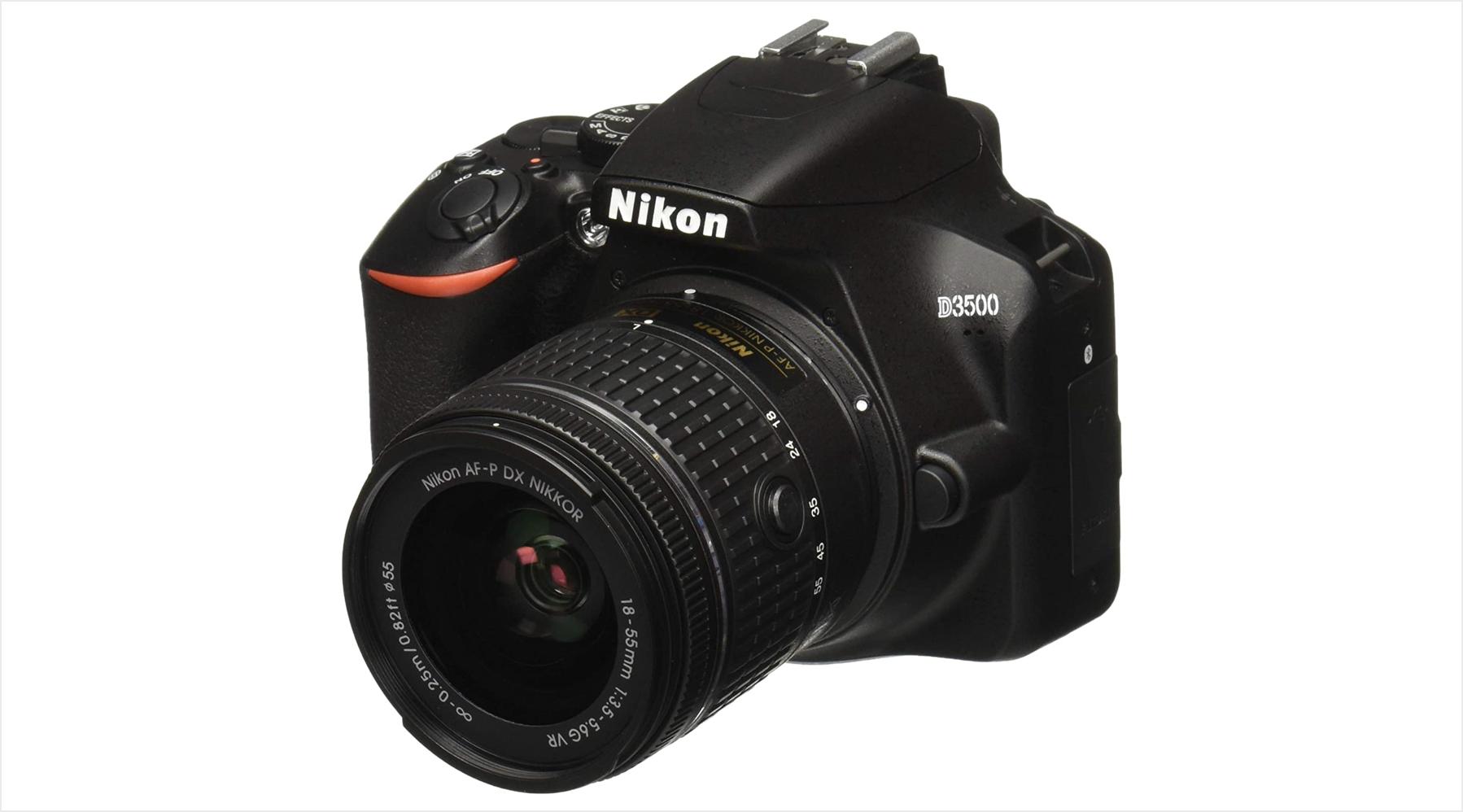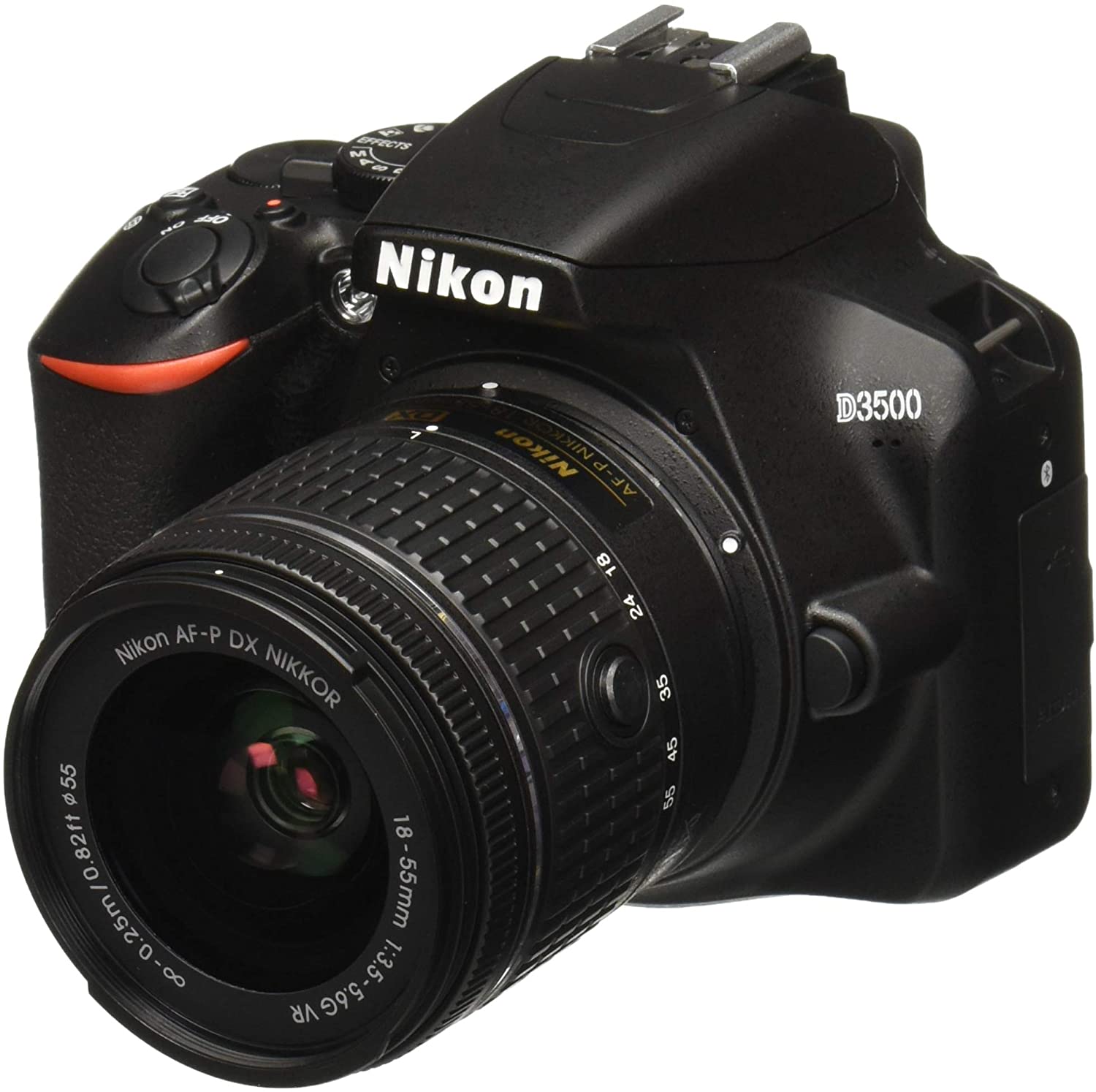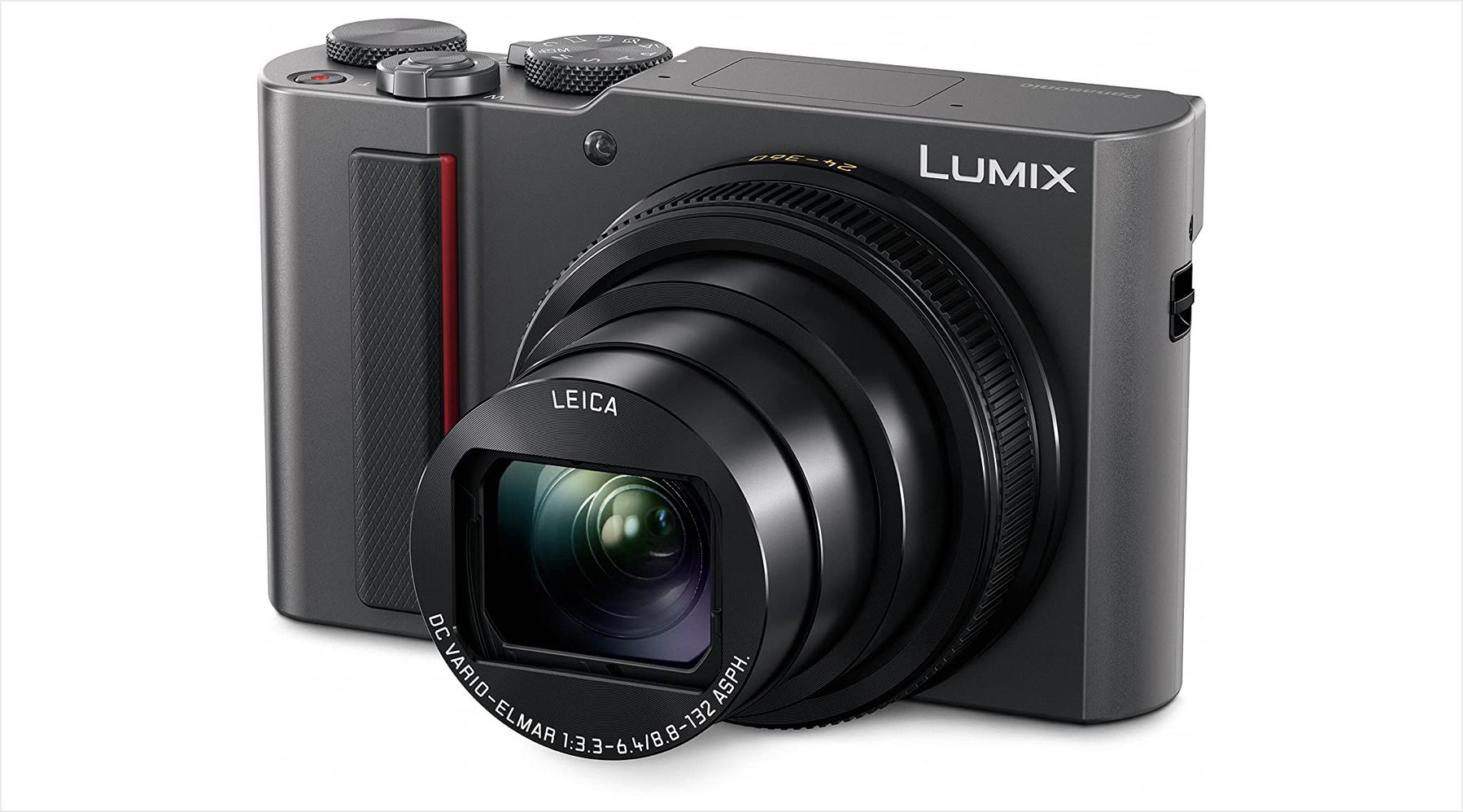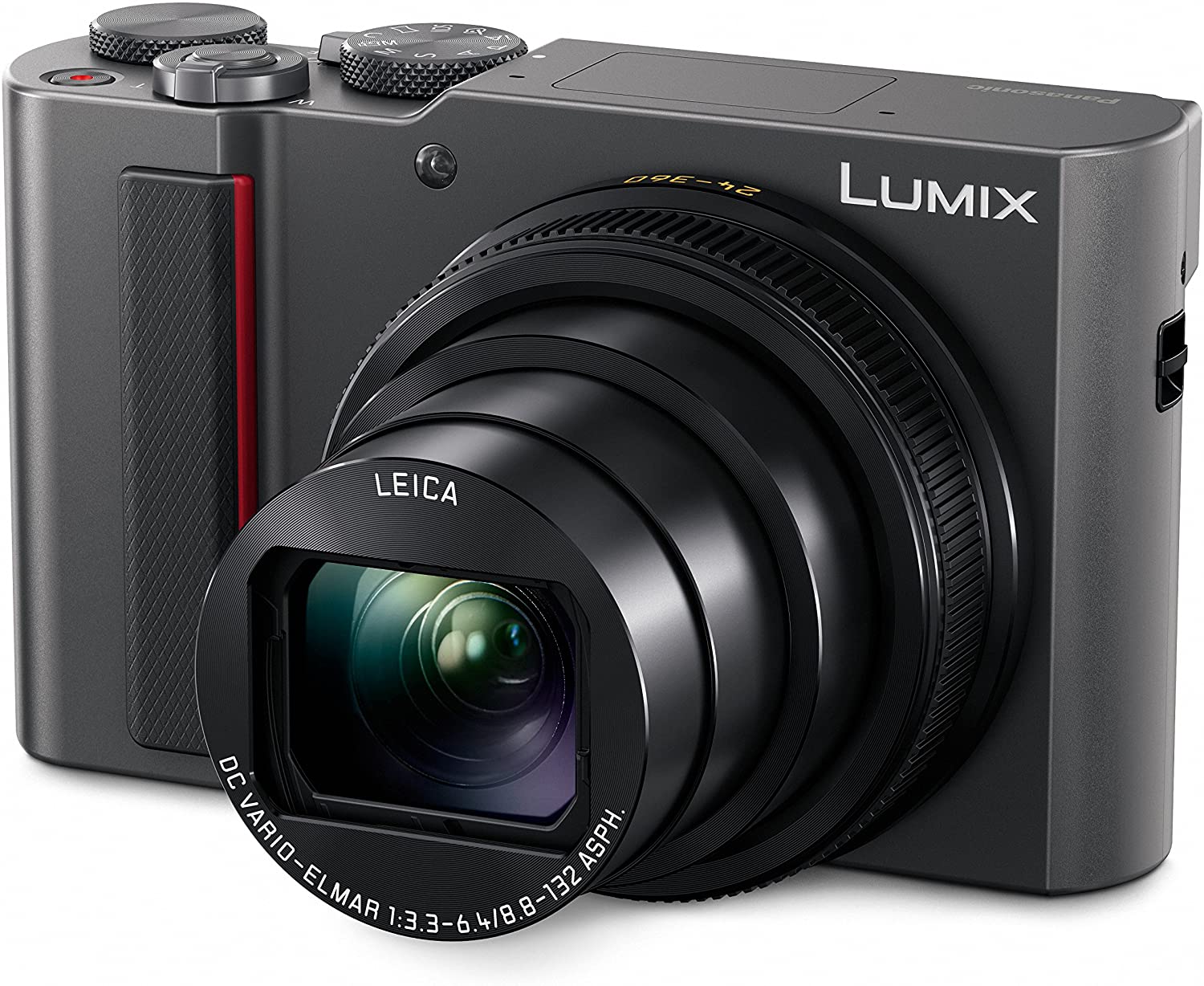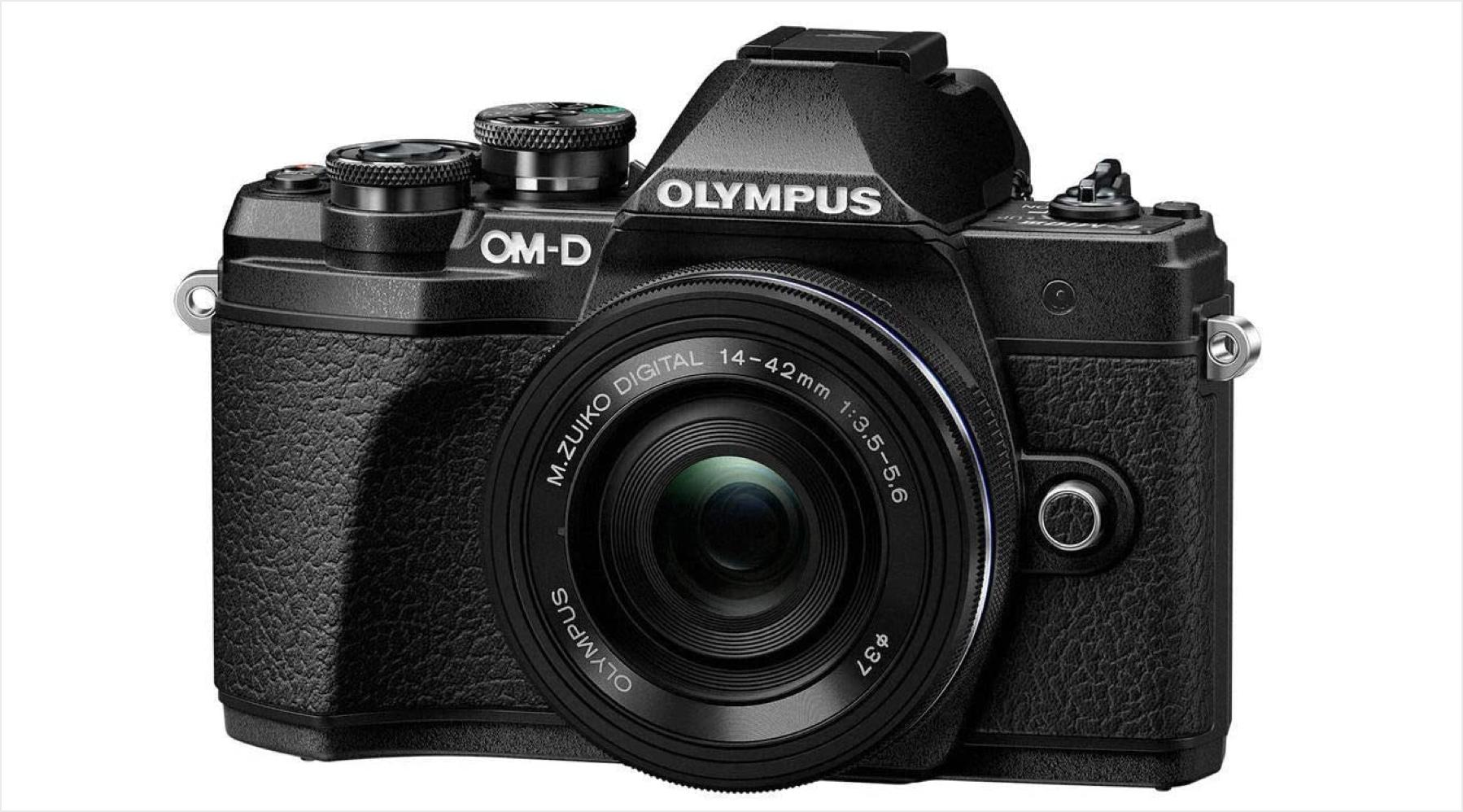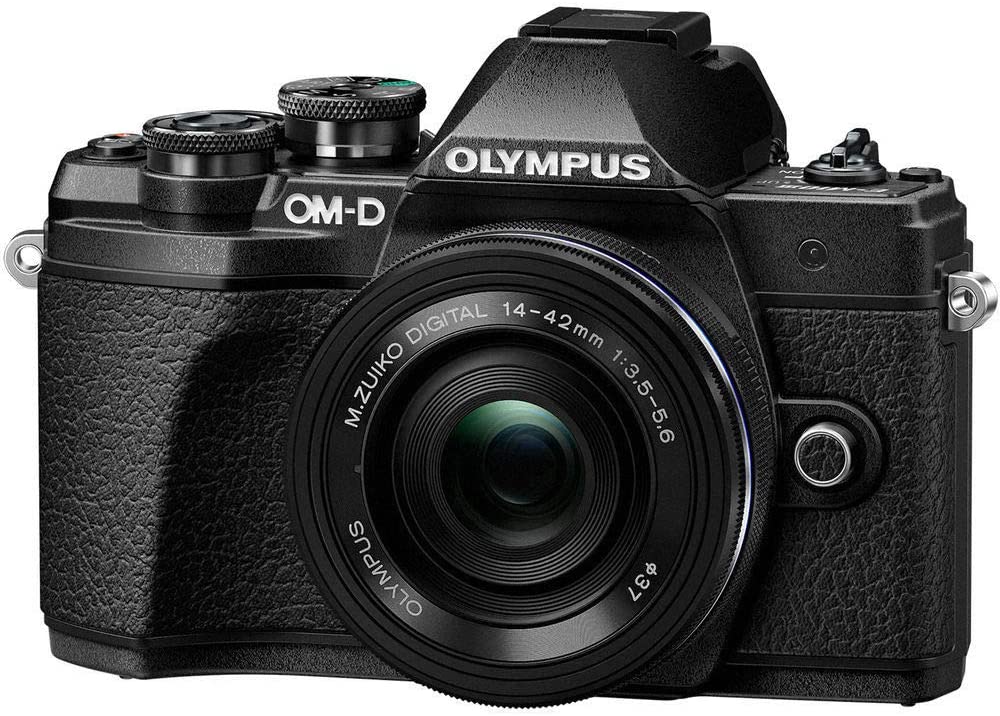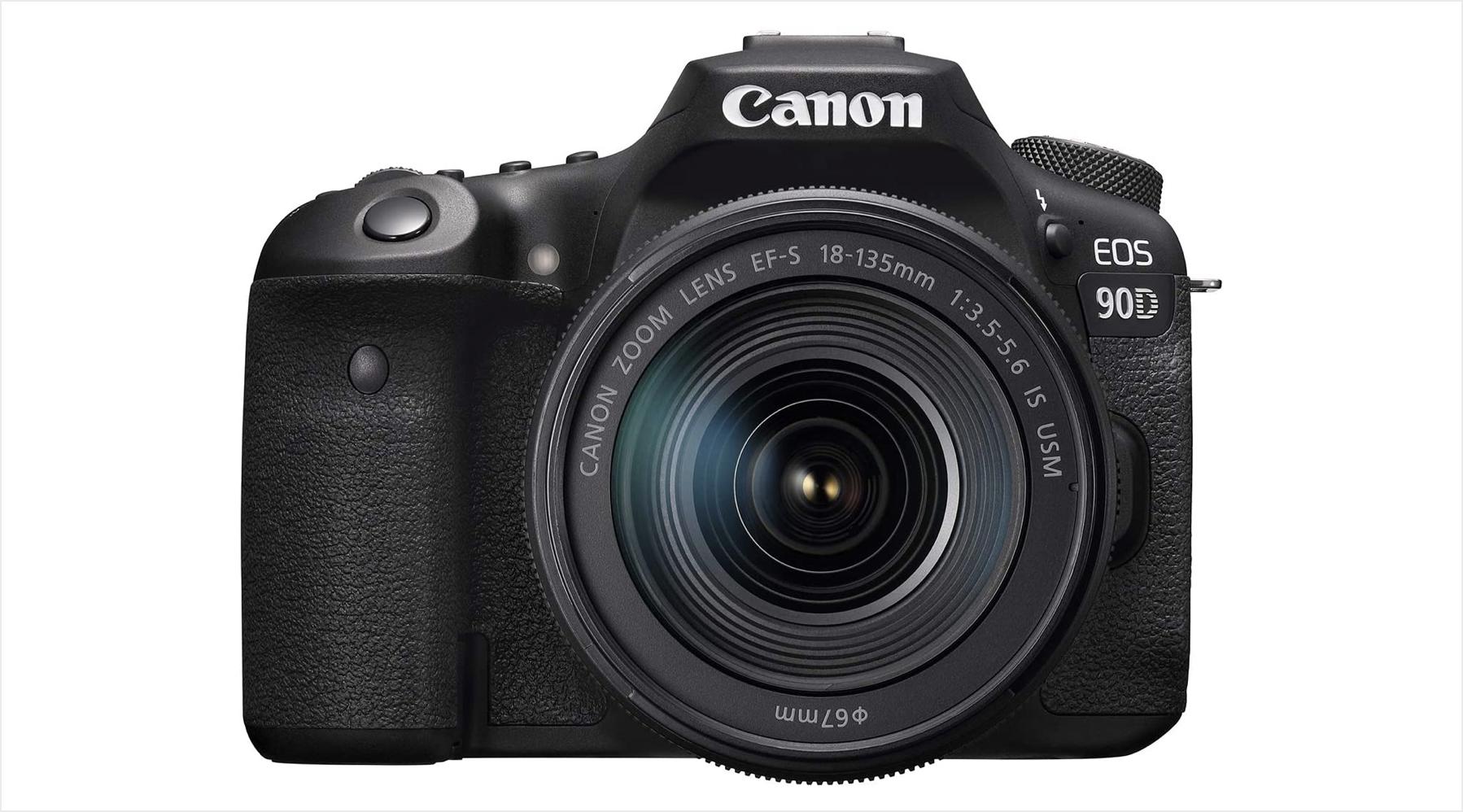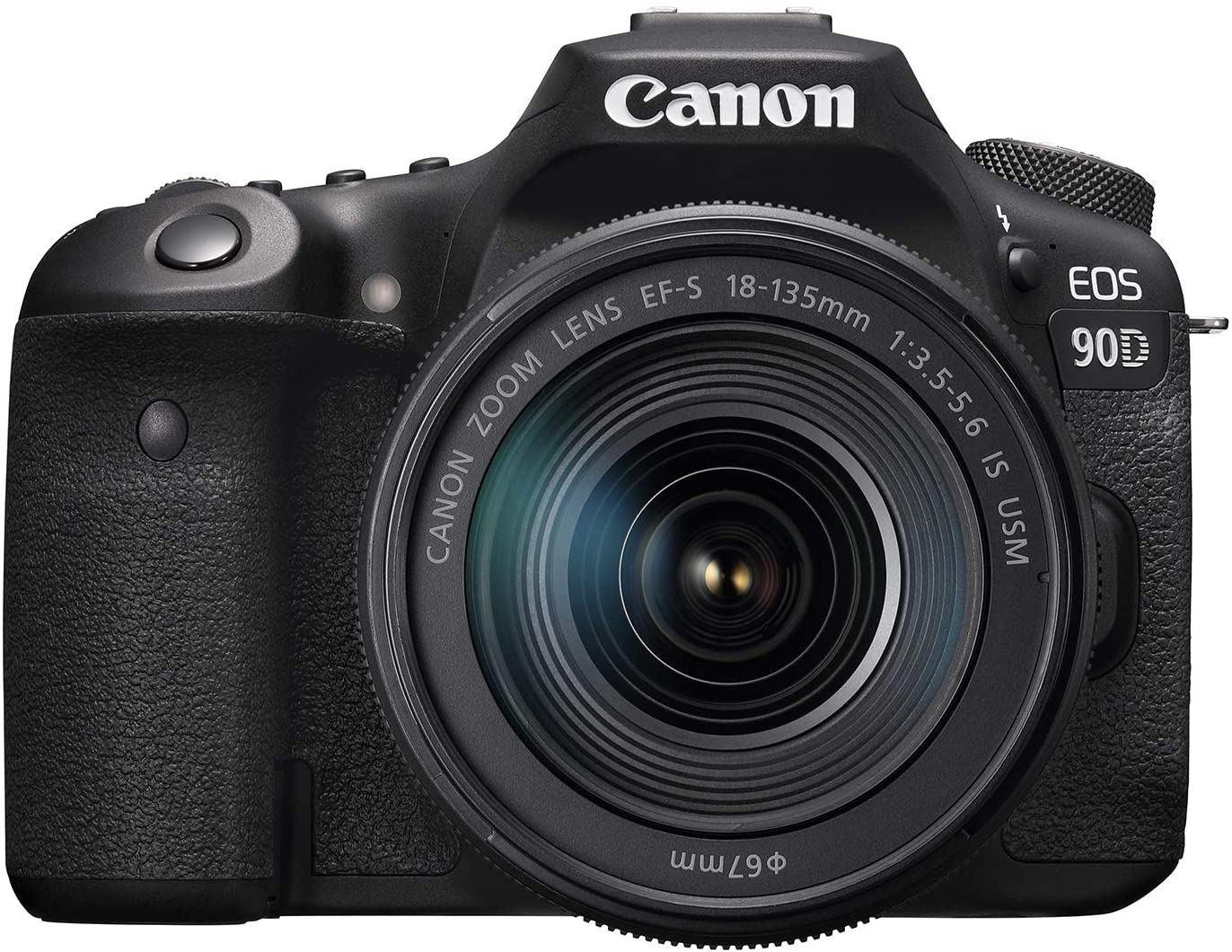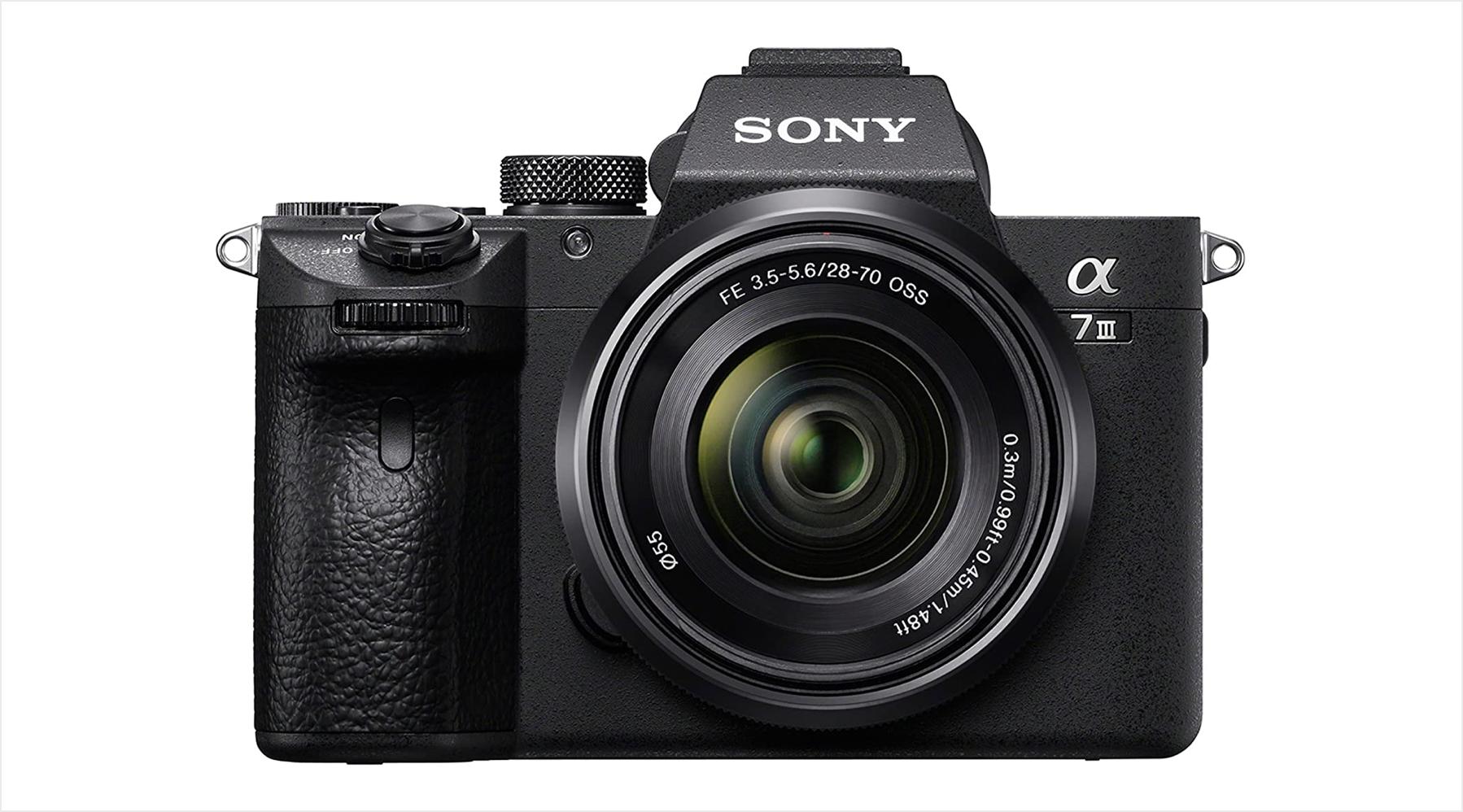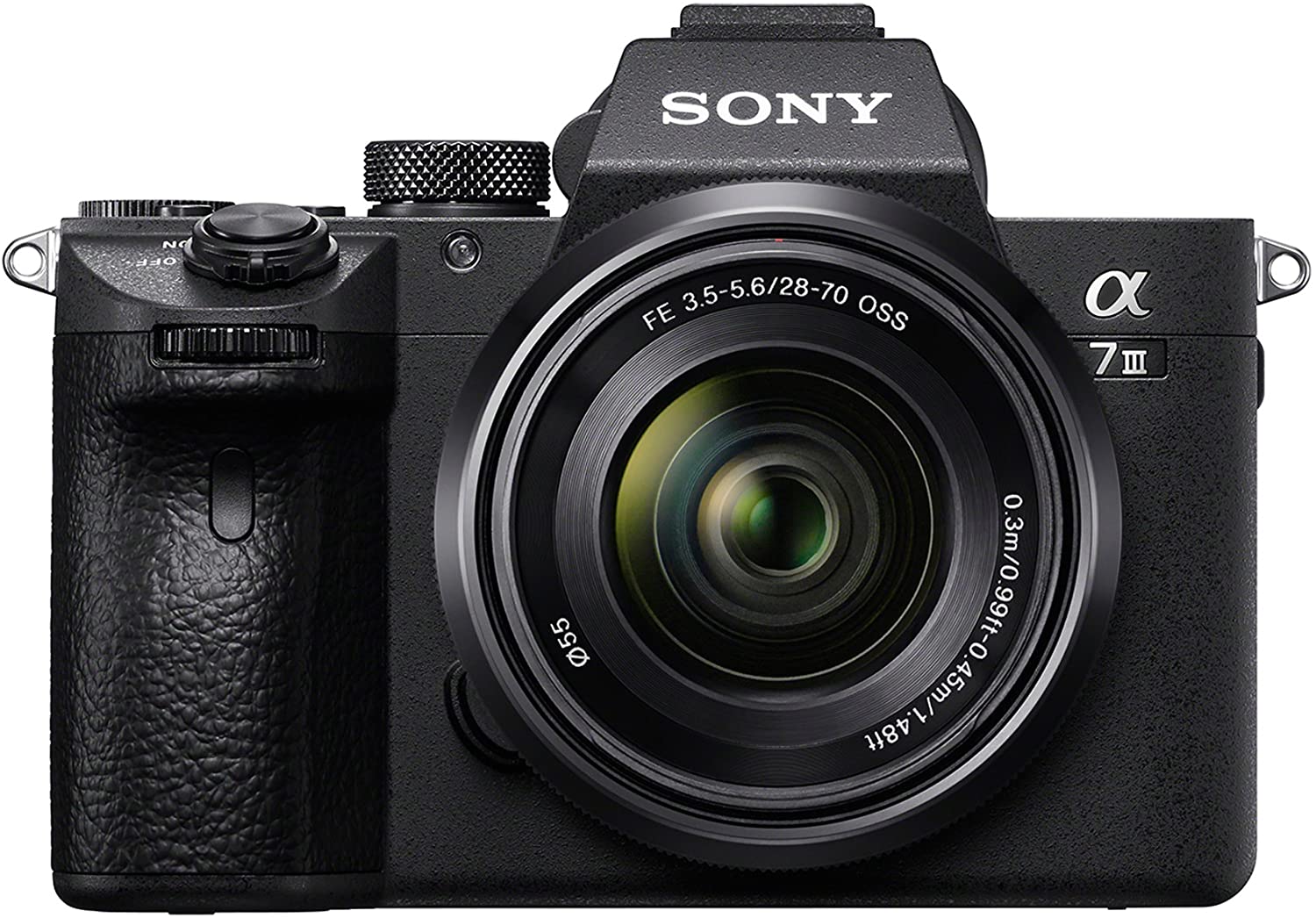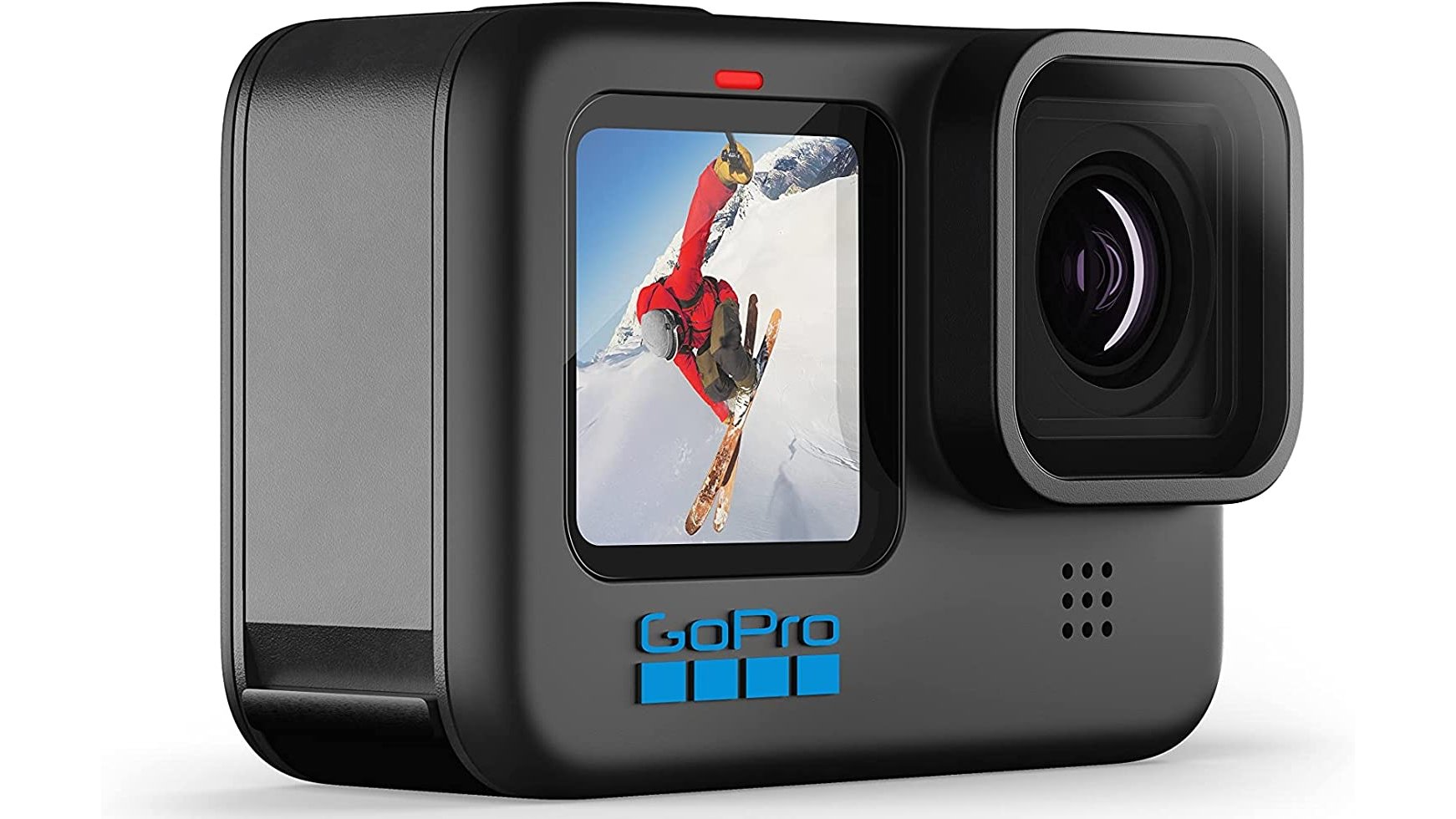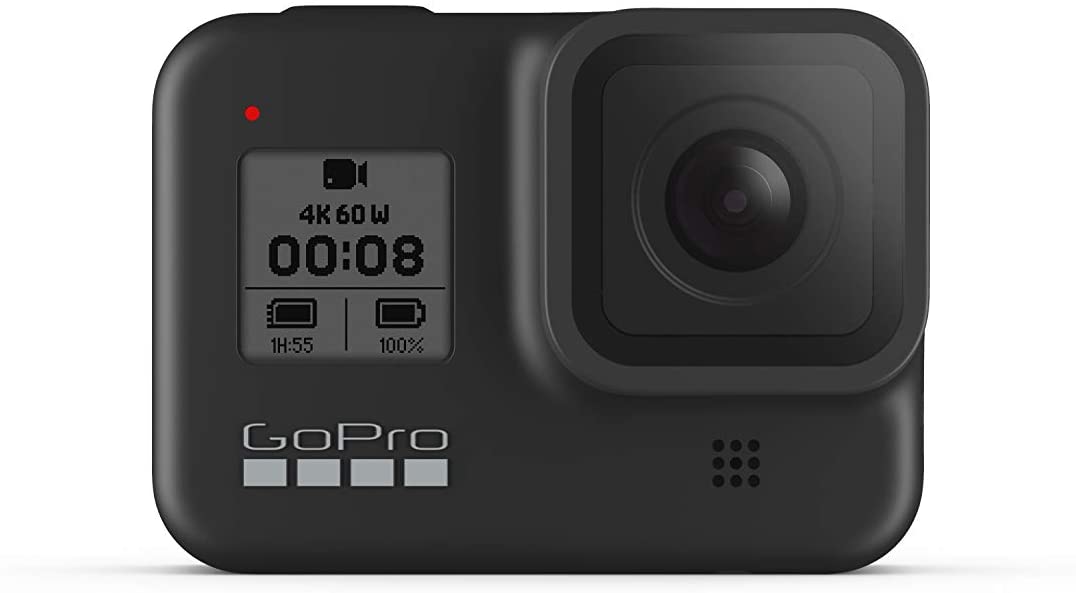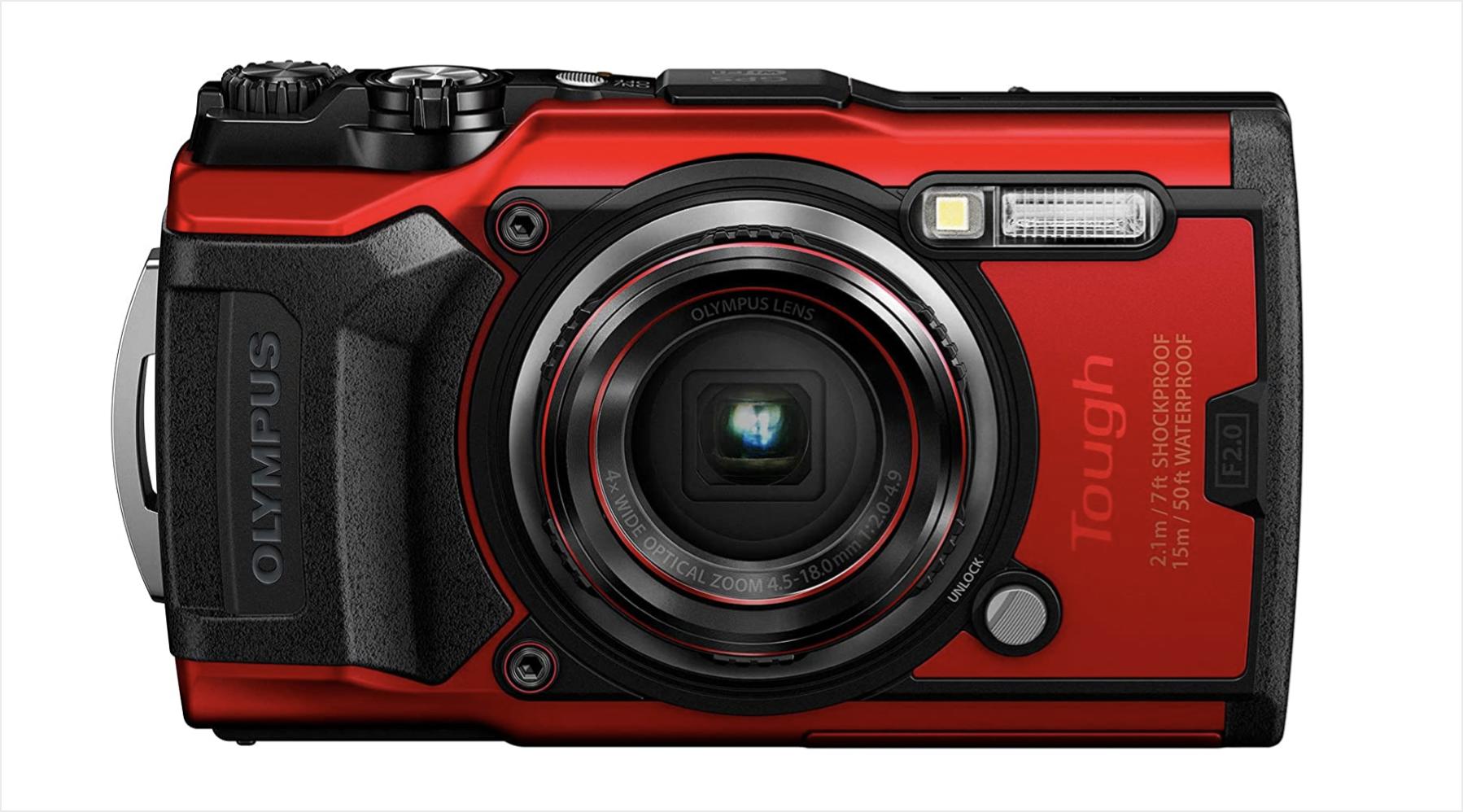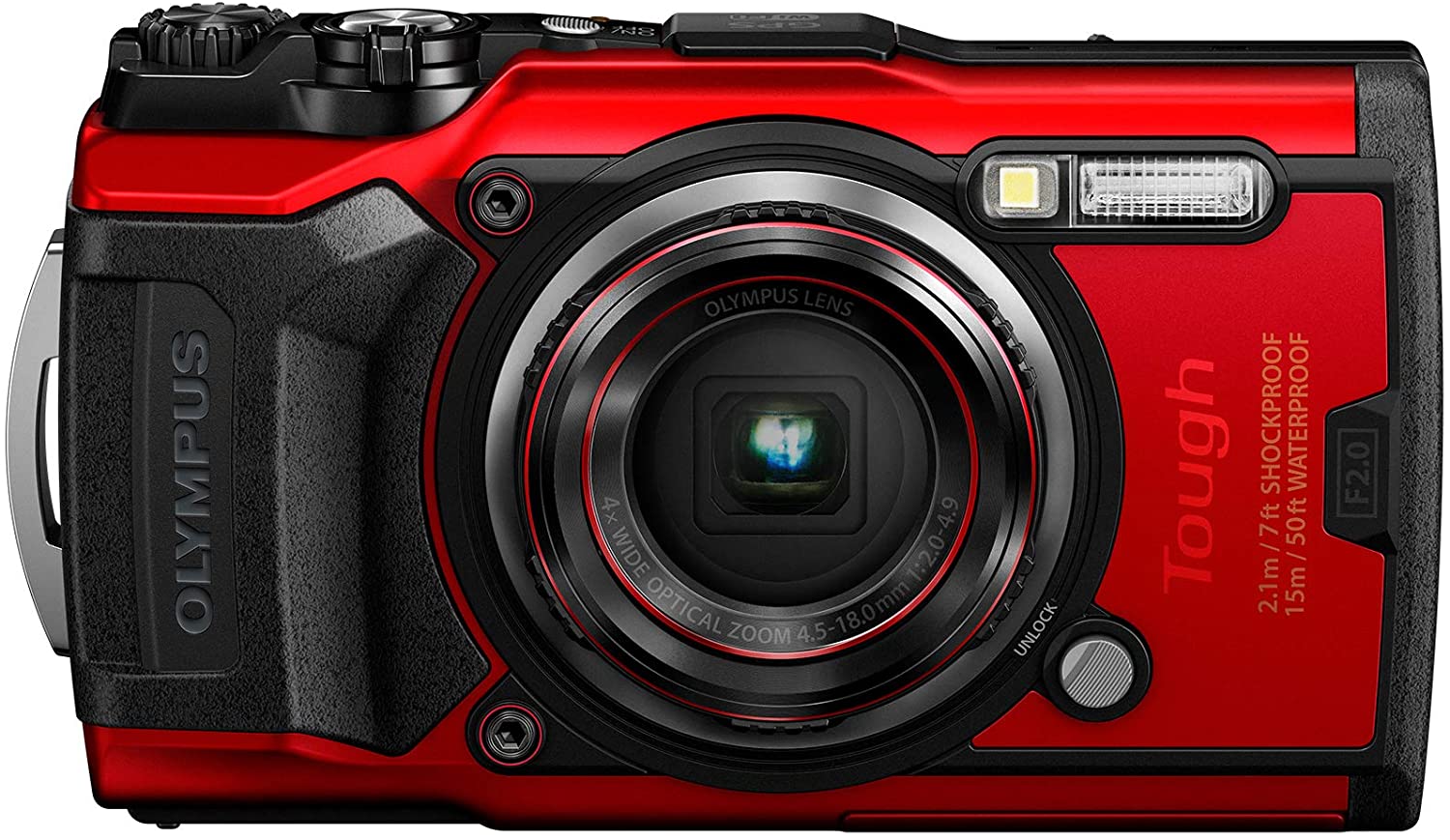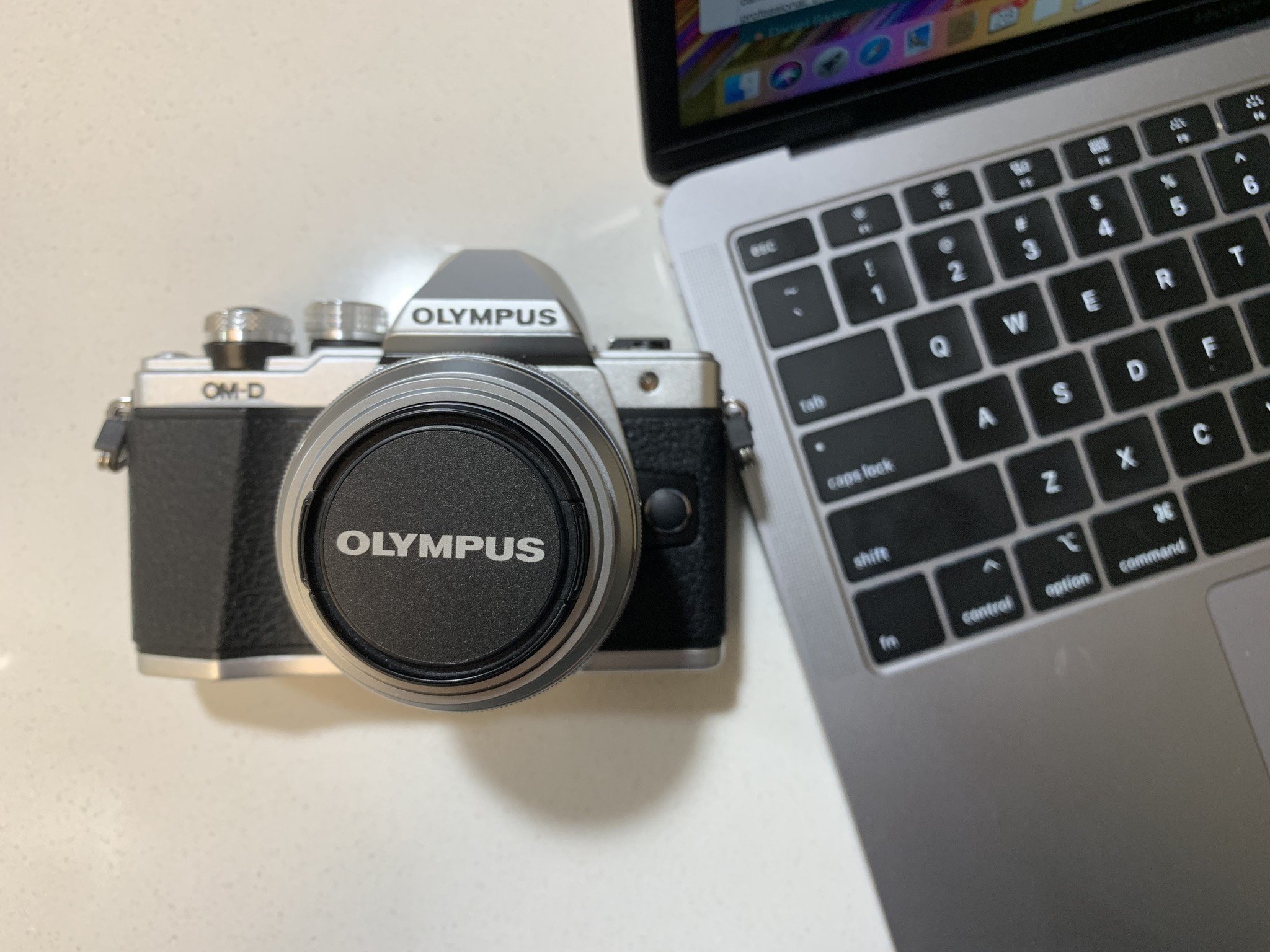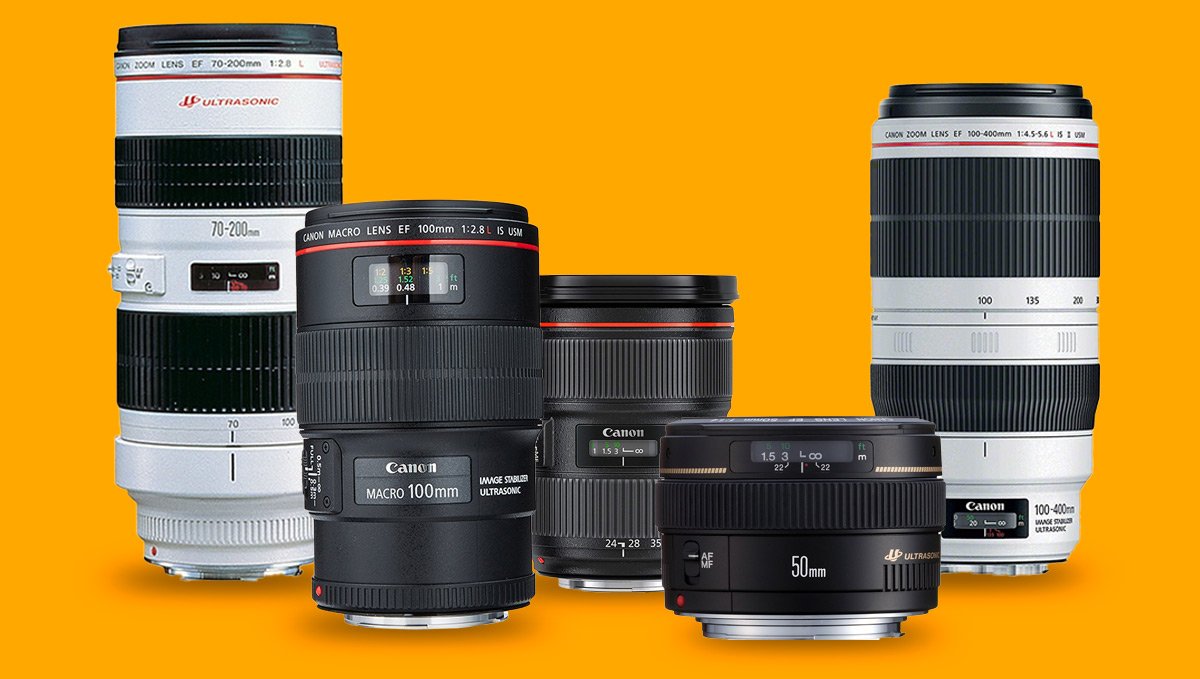Looking for a digital camera? These are the cream of the crop!
Posted by admin on
Although phone photography seems to get better every year, and it may be natural to ask yourself if you should even buy a digital camera, I assure you the benefits of a dedicated digital camera are enormous. The type of photography you enjoy shooting, your budget, and whether you prefer interchangeable lenses are all factors to consider when looking for a new digital camera.
Whether you're a professional, a hobbyist, or just a beginner, the best digital camera is waiting for you to find it, and we can help. Mirrorless cameras, the best DSLRs, and even point-and-shoot cameras all have their place at the table, offering unique benefits for different styles of photography. Regardless of which type of digital camera you're looking for, this list will help you find the best one for you.
What is the best digital camera?
The Nikon D3500 is perfect for people who love DSLRs and want a large selection of lenses to buy — that also makes it our top pick overall. Nikon's entry-level DSLR's picture quality is outstanding, the battery life is fantastic, and a wide ISO range of 100-25,600 makes for a compelling product.
If you're looking to upgrade your current camera or just want to go big, the Sony A7 III is a full-frame mirrorless camera that is fit for a pro. The 4K video is uncropped, making video footage look amazing, and its 5-axis stabilization will ensure your photos and videos are always as crisp and clear as possible.
Nikon D3500: Best DSLR for Beginners
Type: DSLR | Sensor: APS-C CMOS | Resolution: 24.2 MP | Video: 1080p | Lens Mount: Nikon F mount
| Camera | Bundle | Retailer |
|---|---|---|
| Nikon D3500 | Body with 18-55mm and 70-300mm lenses | $750 at Amazon |
| Nikon D3500 | Body with 18-55mm lens | $650 at Best Buy |
Pros:
- Excellent sensor
- Easy to use
- Great value
- Vast lens selection
Cons:
- 1080p video
- LCD resolution isn't great
Nikon has been around for over 100 years, so when it comes to finding the best digital camera, Nikon is likely going to have something for everyone. I love the Nikon D3500 because it's proof that a good quality DSLR doesn't have to cost a fortune.
The APS-C CMOS is one of the best sensors in an entry-level camera you can find, delivering sharp and beautiful photos every time you press the shutter button. It's super forgiving in the hands of a novice, and if you have more experience shooting photography, you can push the Nikon D3500 to deliver photos that look just like the pros.
You will likely buy the Nikon D3500 with the standard 18-55mm lens, which is a great lens to start learning with or to get your feet wet. Still, Nikon's vast selection of lenses that work with the Nikon F mount is impressive. This is a camera you can buy that will grow with you and your skills for years to come before you would ever have to consider upgrading.
Nikon D3500 with 18-55mm and 70-300mm lenses
With excellent senors, a wide range of lenses to choose from, and a fantastic price, you'll get great value when you pick up a Nikon D3500
Panasonic Lumix ZS200: Best Point-and-Shoot Camera
Type: Compact | Sensor: 1-inch type | Resolution: 20.1 MP | Video: 4K | Lens: 24-360mm
Pros:
- Large 1-inch sensor
- Touchscreen controls
- 4K video at 30fps
- 15x optical zoom
Cons:
- Not great shooting at high ISO
- Small electronic viewfinder
The Panasonic Lumix ZS200 stands out from the rest of the competition in the compact camera race because its large 1-inch sensor and 20.1 MP resolution give photos incredible detail and clarity. Plus, its 3-inch LCD panel on the back is perfect for viewing your photos, and it has excellent responsive touchscreen controls as well.
The zoom lens included on the ZS200 allows for a 15x optical zoom with coverage of 24-360mm, which lets you take many different types of photos. Plus, Panasonic's Power OIS image stabilization is included, preventing camera shake from ruining your photos when you're zoomed in. What's more? The speedy autofocus makes it super easy to grab sharp and clear shots when you're on the go.
PANASONIC LUMIX ZS200 15X Leica DC Lens with Stabilization
With a surprisingly large 1-inch sensor, the ability to shoot in 4K, and a great zoom lens, the Panasonic Lumix ZS200 gives you incredible value and performance.
Olympus OM-D E-M10 Mark IV: Best Intermediate Mirrorless Camera
Type: Mirrorless | Sensor: Micro Four Thirds | Resolution: 16.1 MP | Video: 4K | Lens Mount: Micro Four Thirds system
| Camera | Bundle | Retailer |
|---|---|---|
| Olympus OM-D E-M10 Mark III | Body Only | $700 at Amazon |
| Olympus OM-D E-M10 Mark III | Body with 14-42mm EZ Lens | $800 at Amazon |
Pros
- Excellent 5-axis stabilization
- Premium build and finish
- Fast-focusing
- 4K Video
Cons
- Only 20 MP sensor
- Not ideal for action shots
One of my personal favorites, the Olympus OM-D E-M10 Mark III is perfect for any budding photographer or photo enthusiast looking for the next step.
While it's easy to look at the 20 MP sensor as a downside, the Micro Four Thrids system that Olympus employs takes advantage of that smaller sensor to provide fast focusing speeds. Whether you're using a prime lens or a zoom lens, the E-M10 Mark III can quickly and reliably focus in either manual or auto modes, making it easy to whip out and grab the shot you want.
What truly makes the Olympus OM-D E-M10 Mark III stand out from the competition is the in-camera image stabilization. It's the best digital camera (in its class) that I've used without a tripod to capture low-light scenarios. The 5-axis stabilization allows you to get sharp and crisp images even when the shutter is open longer. You don't have to worry about your hands shaking and ruining your photos even when you're shooting video since the stabilization also works while shooting footage in 4K at 30FPS.
Olympus OM-D E-M10 Mark IV with14-42mm F3.5-5.6 EZ Lens
While the 20MP might be lower than the competition, the superior 5-axis image stabilization and fast focusing speeds make this a great value.
Canon EOS 90D: The best DSLR for people looking to upgrade
Type: DSLR | Sensor: APS-C CMOS | Resolution: 32.5 MP | Video: 4K | Lens Mount: Canon EF/EF-S
| Camera | Bundle | Retailer |
|---|---|---|
| Canon EOS 90D | Body Only | $1,199 at B&H Photo |
| Canon EOS 90D | Body with EF-S 18-135mm lens | $1,600 at Best Buy |
| Canon EOS 90D | Body with Canon 18-135mm IS USM lens | $1,599 at Amazon |
Pros
- Best in class pixel count
- Fully articulating LCD screen
- Super battery life
- 4K Video (uncropped)
Cons
- Pricey
- Can struggle at higher ISO
If you love the look and feel of a DSLR and you want one that can be your go-to camera in most situations, the Canon EOS 90D is your best option.
Its super-powered 32.5MP sensor is absolutely the highest resolution you'll get in a DSLR around this price, and it allows you to take incredibly detailed shots that are perfect for cropping and printing without losing any quality. Plus, it can shoot video at 4K at 30FPS and shoot 1080p video up to 120FPS, making it great for slow-motion video and cinematic video alike.
Its fantastic battery life — rated for 1300 shots — is evident when you use it. In fact, with average usage —using a combination of the live viewfinder and the eye viewfinder — you'll likely get more than the 1,300 shots before you need to charge it. Plus, it's weatherproof, meaning it can handle shooting in a little bit of rain when it gets a bit chilly, and it can get a bit dusty/dirty without damaging anything.
Canon EOS 90D with 18-55 IS STM lens
If you're looking to take your photography game to the next level, the Canon EOS 90D is the perfect tool to get you there.
Sony A7 III: Best Full-Frame Mirrorless Camera
Type: Mirrorless | Sensor: Full Frame | Resolution: 24.2 MP | Video: 4K | Lens Mount: Sony E-mount
| Camera | Bundle | Retailer |
|---|---|---|
| Sony A7 III | Body only | $1,998 at Amazon |
| Sony A7 III | Body with 28-70mm lens | $2,198 at Amazon |
| Sony A7 III | Body with 28-70mm lens | $2,200 at Best Buy |
Pros:
- Incredible 5-axis stabilization
- Uncropped 4K video
- Compact and durable design
- Stunning AF system
Cons:
- Not affordable
- Battery life
When it comes to mirrorless cameras, Sony is typically in the conversation as one of the best manufacturers. Though the Sony A7 III is Sony's lowest model of full-frame mirrorless cameras, it's powerful enough. It packs enough features to make it a fantastic camera for enthusiasts and pros alike.
The Sony A7 III is super popular among YouTubers, vloggers, and video buffs, thanks to its amazing video capabilities. Of course, it can film in 4K up to 30FPS and also film 1080p up to 120FPS. It's not just the frame rates that are useful; the A7 doesn't crop 4K video, meaning you get all that data and detail to play within your favorite video editing software.
Don't worry; video isn't the only thing the Sony A7 III can do; it's incredible for taking still photos. Its in-body 5-axis stabilization is superb and will help you get a sharp image every time and make shooting in low-light environments much more manageable. Plus, its 693-point autofocus system is genuinely in a class of its own. It's fast, precise, and ensures that your video or photo will also be in focus on the subject you want.
Sony a7 III ILCE7M3/B Full-Frame Mirrorless
With incredible image stabilization for both photos and video, the Sony A7 III will give you the sharpest and smoothest video and stills a mirrorless camera can offer.
GoPro Hero10 Best Action Camera
Type: Action Cam | Sensor: N/A | Resolution: 20 MP | Video: 5K | Lens Mount: N/A
| Camera | Bundle | Retailer |
|---|---|---|
| GoPro Hero10 | Camera Only | $400 at Amazon |
| GoPro Hero10 | Camera with 128GB MicroSD card | $422 at Amazon |
| GoPro Hero10 | Camera Only | $400 at Best Buy |
Pros:
- 5K video up to 60fps
- 1080p video up to 120fps
- 720p video up to 240fps
Cons:
- Needs lots of accessories
While the GoPro Hero10 isn't a traditional camera, it is the best digital camera for capturing extreme action on video.
That's right; with the ability to record 5K video at 60FPS, the GoPro Hero10 can get you super sharp and detailed footage from just about anywhere. Plus, the various mounts you can get for your GoPro will make it easy to capture whatever action you want.
The standard GoPro suction cup mount is a great place to start if you look for a secure mount to keep your GoPro standing tall. Of course, if you want to get closer to the action, you can always strap a GoPro to your head with the GoPro head strap.
Although the GoPro Hero10 does require some additional accessories to get the most out of it, it's impressive at capturing video for slow-motion in post-production because it can film at high frame rates. If you drop to 1080p, you'll be able to capture video at 120FPS, and you can double that to 240FPS if you drop down to 720p.
GoPro Hero10
Whether you're snowboarding down a mountain or recording your sweet moves at the skate park, the GoPro Hero8 is the perfect action cam for catching all the sweet moves you want on video.
Olympus Tough TG-6: Best Point-and-Shoot for Travelers
Type: Compact | Sensor: BSI CMOS | Resolution: 12 MP | Video: 4K | Lens Mount: N/A
Pros:
- Affordable price
- 4K video
- Waterproof
- Shockproof
Cons:
- Only 12MP
- No eye viewfinder
If you're not interested in switching lenses all the time or buying a camera that has a ton of dials to play around with, a good quality point-and-shoot will do you just fine, and the Olympus Tough TG-6 is perfect for your next trip.
Built to be as durable as possible and able to withstand any adventure, the Olympus Tough TG-6 is waterproof to a depth of up to 15m (50 feet) and shockproof from 2.1m (7 feet), meaning you can drop it or throw it in the pool and it shouldn't be any worse for wear. It has an underwater shooting mode, so you can capture cool underwater shots with little to no effort.
Its 12MP sensor may not be the absolute best in any camera; it's more than capable of capturing a good shot. The built-in 25-100mm lens has an aperture range f/2-4.9, giving you plenty of options for taking photos in various lighting conditions.
Lastly, it's a great little camera for vlogging or making quick videos because it can film in 4K at 30FPS. You likely won't shoot the next blockbuster on this compact camera, but you can take great, sharp-looking video to document your travels or your everyday life.
OLYMPUS Tough TG-6 Waterproof Camera,
While it may not have the biggest sensor in its class, the Olympus Tough TG-6 has plenty of features, and it can take a beating. It's perfect for adventures.
How to find the right digital camera for you
This article showcases the best digital cameras you can buy, but you may have a few burning questions about precisely what some of the terms that we camera junkies use. Whether you need to know the difference between mirrorless and DSLR, or you're wondering what kind of accessories you might need, here's some handy additional information to ease your mind.
📸 Mirrorless vs. DSLR vs. compact cameras?
There are three main types of cameras that most people associate with digital cameras: mirrorless, DSLR, and compact — often referred to as point-and-shoot cameras.
Mirrorless cameras are the new hot thing right now because they are the same as a DSLR except the mirror inside the camera has been taken out. This gives mirrorless cameras a few advantages. Usually, a mirrorless camera will be much more compact and less bulky than a DSLR because it saves space by excluding the mirror. While they are a newer technology than DSLR, tons of professional videographers and photographers prefer using the best mirrorless cameras, and the format is gaining popularity quickly.
DSLR cameras (which stand for digital single-lens reflex) have the same design as old 35mm film cameras used back in the day. They are the tried and true method of photography and are typically much beefier than their mirrorless counterparts. DSLRs —especially entry-level — generally are better at shooting in colder conditions and tend to be less affected by weather than mirrorless cameras of the same ilk. Some of the best DSLR cameras are used widely by professionals in several different industries.
Lastly, there are compact cameras — often called point-and-shoot. It's the old-school type of digital camera that used to be all the rage many years ago. They have a compact design — thus the name — and typically don't have any interchangeable lenses. They are great for carrying around with you everywhere because they are so small and light, and because you don't have any fancy settings to play around with, you can capture pictures in a flash. Most of them have some sort of video capture capabilities, albeit with fewer features, which makes them great for capturing those special moments while you're traveling without a fuss.
🤔 Do I need an SD card?
Short answer, yes. An SD card is needed for virtually every camera on this list. An SD card is simply a memory card that will let you save the photos and video you capture.
You'll need one in the camera to take any photos, but you can easily remove them when you want to transfer photos to your computer or other devices.
Some cameras (like the GoPro Hero8) will use a microSD card, which is essentially the same thing, only a smaller format.
What SD cards are good for photography?
You can use pretty much any SD card in your camera, but you're going to want an SD card that has reasonably fast read and write speeds. Not only will this ensure the photos can be stored on your SD quickly while you're out shooting. It will also allow you to transfer files from your SD card to other devices in a timely fashion.
SD cards come in different sizes, typically 32GB, 64GB, 128GB, 256GB, and 512GB. What size you need is going to depend on what you're doing. If you record lots of videos, you'll need lots more space; if you only shoot still photos, you'll likely need less. I wouldn't go with anything less than 64GB because if you're shooting in RAW or even large JPEG format (which you probably are), those files are pretty big, and you want to ensure you don't run out of space while you're out.
If you want a suggestion of where to start, the Lexar Professional Class 10 UHS-II 2000X is an excellent SD card to use in your camera.
🔎 What lenses do I need for my camera?
There's no short answer to this question, as there are hundreds of different lenses for each camera. Not only that, but many manufacturers use different — and in some cases propriety —lens mounts, meaning you're not going to be able to fit a Nikon lens on a Canon body. There are two main groups you can fit most lenses into — prime lenses and zoom lenses.
Prime Lenses
Prime lenses are set to a specific focal length, so they don't zoom at all. If you're using a prime lens and you want your subject to be closer or further in the frame, you'll need to physically move closer or further away. Prime lenses usually have pretty low aperture values making them great for low-light photography and portrait photography thanks to the beautiful bokeh (background blur) you can achieve around your subject.
Zoom Lenses
Zoom lenses do precisely what the name implies; they can zoom in to different focal lengths, meaning you can stay in the same spot but get your subject closer in the frame. Zoom lenses will have a focal length range — like a popular 18-55mm lens — indicating just how far they can go. The higher the number, the more zoomed-in the lens can go. These lenses are often used for wildlife photography, sports photography, and other situations where you can't get as close to the action.
There are many different lenses to choose from, and which lenses you may need will depend on the type of photography you're doing. At the end of the day, most DSLR and mirrorless cameras will come with a basic lens to get you started. After using that lens for a while, you can decide what the next lens you want might be. Are you constantly shooting portraits, shooting at dusk, or just doing street photography? Grab a prime lens. Are you trying to shoot your kid's hockey game or snap a picture of birds up in trees? You'll want to pick up a zoom lens.
📹 Can a digital camera record video?
Yes, pretty much all modern digital cameras can shoot video. Most cameras on this list can shoot 4K video, but not all 4K video is of equal quality.
The term 4K video only describes the resolution of the video. It doesn't take into account the quality of that video when it comes to sensor quality, frame rate, or anything else.
As a general rule of thumb, the 4K video you grab from a point-and-shoot camera won't be making the next blockbuster film; however, if you plan to post that footage on social media, then it may look just fine. Of course, if you are looking to make a short film, or want your YouTube video to pop, quality 4K video from a mirrorless or DSLR camera is the way to go.
If video is your main reason for wanting a digital camera, I will go with the Sony A7 III if you have the money.
Credits — The team that worked on this guide
Luke Filipowicz is a staff writer at iMore who has a passion for photography and music. Whether he's snapping a shot for Instagram on his iPhone or taking portraits of his friends on his Olympus mirrorless camera, he's always looking for ways to be creative.

